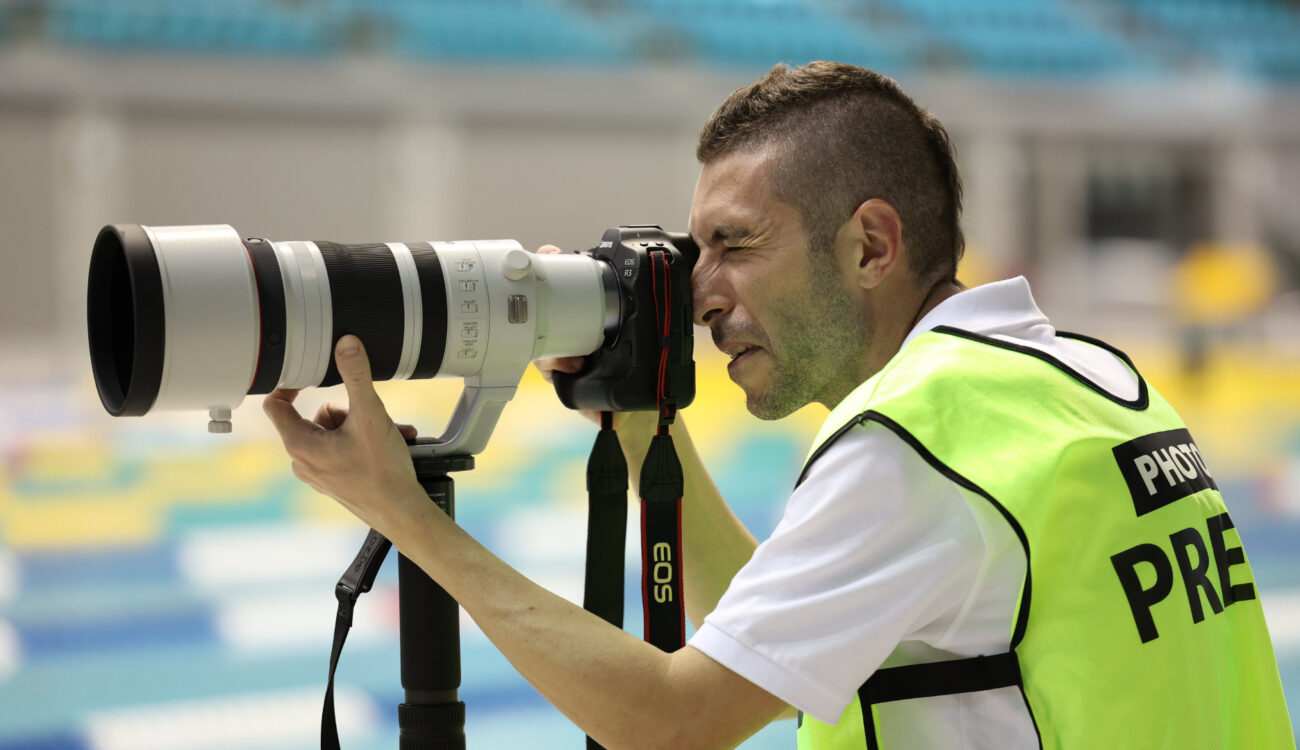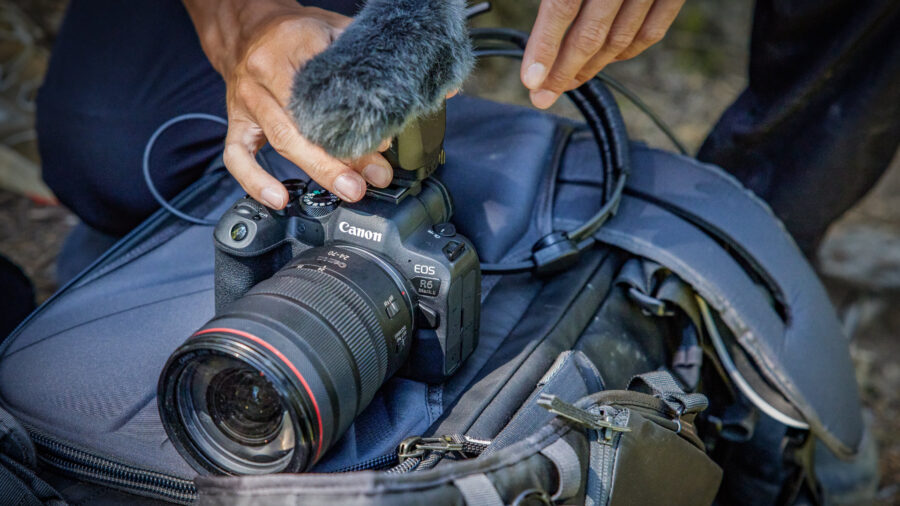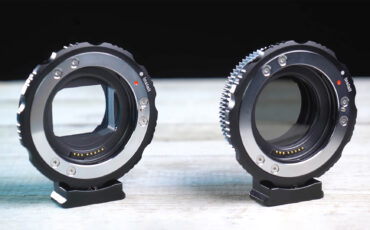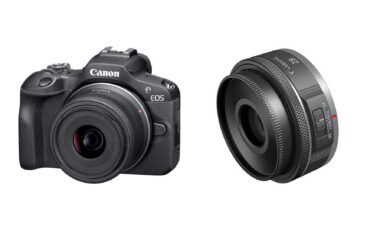
Canon does this. They occasionally publish their sales or production numbers, but far from being a corporate advantage for their competitors, it must be humble reading. Here are some of the details from their recent announcement.
There are two parts to the news. The first is that the production of EOS Series cameras has reached 110 million. To put that into context, the number of cameras is equivalent to the combined populations of Portugal, Poland, Peru, Austria, Belgium, and the Czech Republic.
They have also just produced their 160 millionth RF and EF lens, or to continue the analogy, the population of Bangladesh.
Some Canon history
1987 was a big year for Canon; they launched their EOS System and EF lens series. Of course, both products were for the film still’s market; it wasn’t until 2003 that an EOS for digital photography arrived with the 300D.
Producing from the Front
Other landmarks in the history of both products included their first pro model, the EOS-1D, and the 5D series, a range that accidentally generated a digital video market for the company.

The introduction of the video business came at a crucial time for Canon. Chairman and CEO, Fujio Mitarai, acknowledged in 2010 that the previous few years had been challenging for the company financially. The release of their new line of EOS Cinema cameras, beginning with the C300, significantly improved their share price after 2011.
2018 saw their EOS R System arrive and enabled the company to maintain the number one position in the share of digital SLR cameras by number of units sold (from 2003 to 2022). Tech highlights included the first on-board 8K recording with the EOS R5 and Eye Control AF with the EOS R3.
Canon’s lenses
Who doesn’t love a fast and creamy-looking Canon lens, especially if it’s an ‘L’. But Canon changed the game in 2018 with its RF mount design and flange focal distance 20mm shorter than the Canon EF and EF-S mounts at 44 mm. They were finally catching up with Sony, who had their short-flanged E-Mount since 2010.

The new mount allowed for smaller lens designs with fewer elements and similar-sized lenses with potentially faster performances. Longer focal lengths for nearly the same size lens were also possible.
In 2018, Canon released the RF 28-70mm F2 L USM – a standard zoom lens with an f/2 aperture across the entire zoom range. In May of this year, we saw the relatively lightweight RF 100-300mm F2.8 L IS USM zoom released – a lens that could become a sports photographer’s new favorite with its six OIS stops as long as you use an EOS R camera with IBIS.
Canon RF lenses are lauded across the industry and photographers / filmmakers for their tack-sharp look and high built quality. There is some criticism that there aren’t enough entry-level RF lenses in the market, so most of the available RF lenses are quite expensive, but Canon seems to be working on making this better with new releases.
Is this news ‘virtual signaling’?
You might see this kind of announcement as corporate gloat, but with such imposing figures, you can’t help being impressed. Canon claims that its R&D department creates eight patents every working day, and pre-pandemic, they used to show their prototypes at expos worldwide. Whether those prototypes would ever see the light of day wasn’t the point. Anyone remember the 120 million-pixel sensor?
Use the comments section below for anything you want to say about this latest Canon news.




























